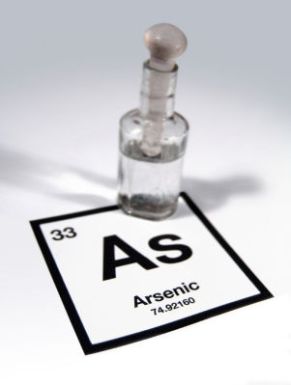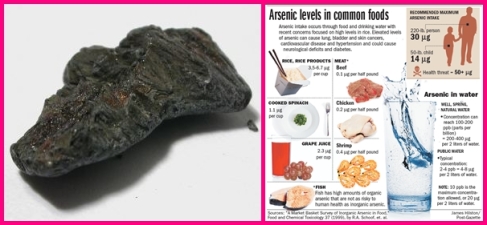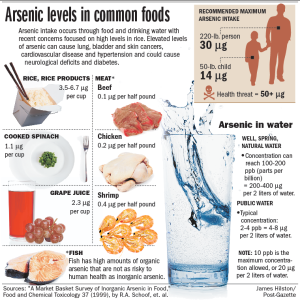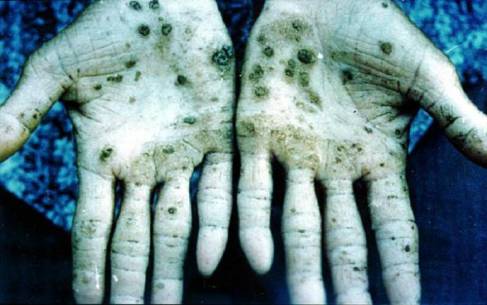
1. The Properties of Amino Acids are:
A) They contain both a Carboxyl Group (COOH) and an Amino Group (NH2).
B) It is easily ionized therefore the amino group becomes negatively charged and the carboxyl group becomes negatively charged making it dipolar such that it now becomes a zwitterions
C) An energy store in animals because of its rich source of carbon-carbon bonds which can be oxidized to produce ATP
D) They are the building blocks of proteins and there are 20 that are generally found in protein in living systems
E) Amino acids are amphoteric meaning that they have both acidic as well as basic properties
- I. A B C D
- II. B C E A
- III. E A B D
- IV. D E C B
2. The Properties of an Enzyme are:
A) Specificity
B) Active Site
C) Reversibility
D) Enzyme Concentration
E) Substrate Concentration
- I. A B C D
- II. A C D E
- III. A B D E B
- IV. B C D E
3. Globular proteins differ from fibrous proteins in the following ways:
A) Globular proteins has polypeptide chains with regular repetitive sequences of amino acids
B) Fibrous proteins shape is a compact globule of polypeptides
C) Globular proteins are chemically less stable and its activity is affected by factors such as its concentration, ph and temperature
D) Fibrous protein role is mainly in helping to maintain structure and providing support
E) Globular Proteins are insoluble in water
- I. A C D E
- II. D A B C E
- III. C D E A
- IV. B C D
4. The following events occur during the process of phagocytosis in a cell
A) The sorted lipids, enzymes and proteins are packed into lysosomes
B) The lysosomes enzymes digest the contests of the vesicle containing particles
C) The synthesis of lipids, enzymes and other proteins occur
D) The lysosome fuses with a phagocytic vesicle containing nutrient particles
E) The lipids, enzymes and other proteins are sent to the Golgi apparatus for modifying and sorting
Which sequence of these events correctly shows how phagocytosis occurs?
- I. E A D B C
- II. C E A D B
- III. E A C D B
- IV. C A D B E
_______________________________________________________________________
PLEASE MAKE AN ATTEMPT AT THESE MULTIPLE CHOICE QUESTIONS AS THEY WILL BE HELPFUL IN YOUR PREPARATION TOWARDS FINAL EXAM. NOTE THERE ARE MORE THAN ONE POSSIBLE ANSWER…PLEASE ANSWER IN THE “COMMENT” SECTION BELOW…THANK YOU AND GOODLUCK…
“To know that we know what we know, and to know that we do not know what we do not know, that is true knowledge.”
Nicolaus Copernicus

































